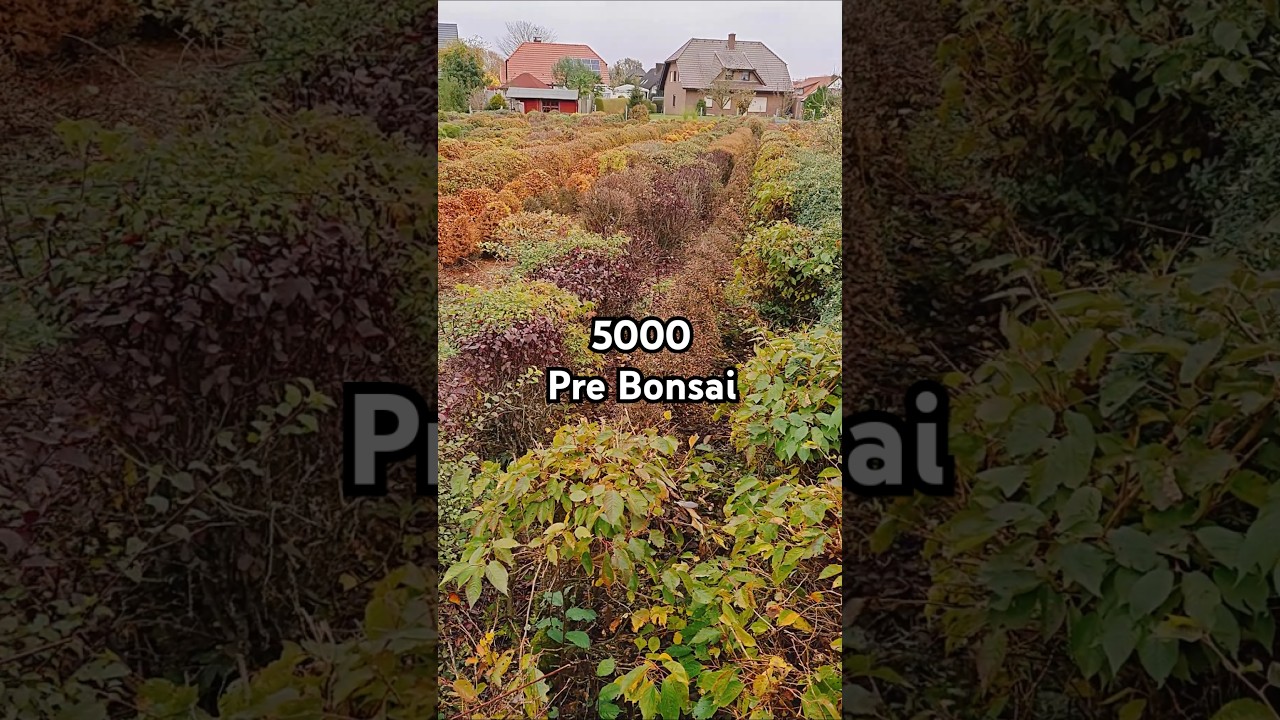We allow advertising on this website to support the blog. Some of content on this website was created with the help of AI.
As an avid enthusiast of bonsai trees, I dive into the world of fall transplanting with eager anticipation. Join me as I provide a comprehensive guide on successfully transplanting prebonsai trees during this season.
Fall Transplanting Guide for Prebonsai Trees
Introduction
Hello there! Today, I want to share my experience and tips on fall transplanting for prebonsai trees. As a passionate bonsai enthusiast, I recently visited a field with 5000 prebonsai trees growing, and it was truly a sight to behold. The field growers had thousands of bonsai trees in the making, and early fall proved to be the perfect time to explore and find the ideal Japanese maple prebonsai to transplant.
1. Why Fall Transplanting?
- Fall is the ideal season for transplanting prebonsai trees.
- The cooler weather and reduced sunlight stress lessen the shock on the trees.
- Roots have a chance to establish before winter dormancy sets in.
2. Choosing the Right Tree
- Look for healthy, well-established prebonsai trees.
- Consider the tree’s size, shape, and overall appearance.
- Check for any signs of pest infestation or disease.
3. Digging Up the Tree
- Prepare the tools required – a sharp spade, root pruner, and a sturdy container for transport.
- Start by loosening the soil around the tree, ensuring you dig deep enough to preserve the roots.
- Gently lift the tree, ensuring you don’t damage the roots in the process.
4. Transplanting Process
- Trim excess roots using a root pruner to encourage new growth.
- Choose a well-draining soil mix suitable for bonsai cultivation.
- Plant the tree in a slightly larger container to allow for root growth.
5. Aftercare Tips
- Place the newly transplanted tree in a shaded area to recover from transplant shock.
- Water the tree regularly, ensuring the soil is moist but not waterlogged.
- Monitor the tree for any signs of stress and adjust care accordingly.
6. Benefits of Fall Transplanting
- Fall transplanted trees have a head start in establishing roots before the next growing season.
- Trees are better equipped to handle winter conditions after fall transplanting.
- The following spring, transplanted trees show vigorous growth and resilience.
In conclusion, early fall is indeed the perfect time to delve into the world of fall transplanting for prebonsai trees. With the right knowledge and care, you can successfully transplant and nurture your very own Japanese maple prebonsai. So, grab your tools, head out to the fields, and embark on this rewarding journey of fall transplanting for your bonsai collection!



